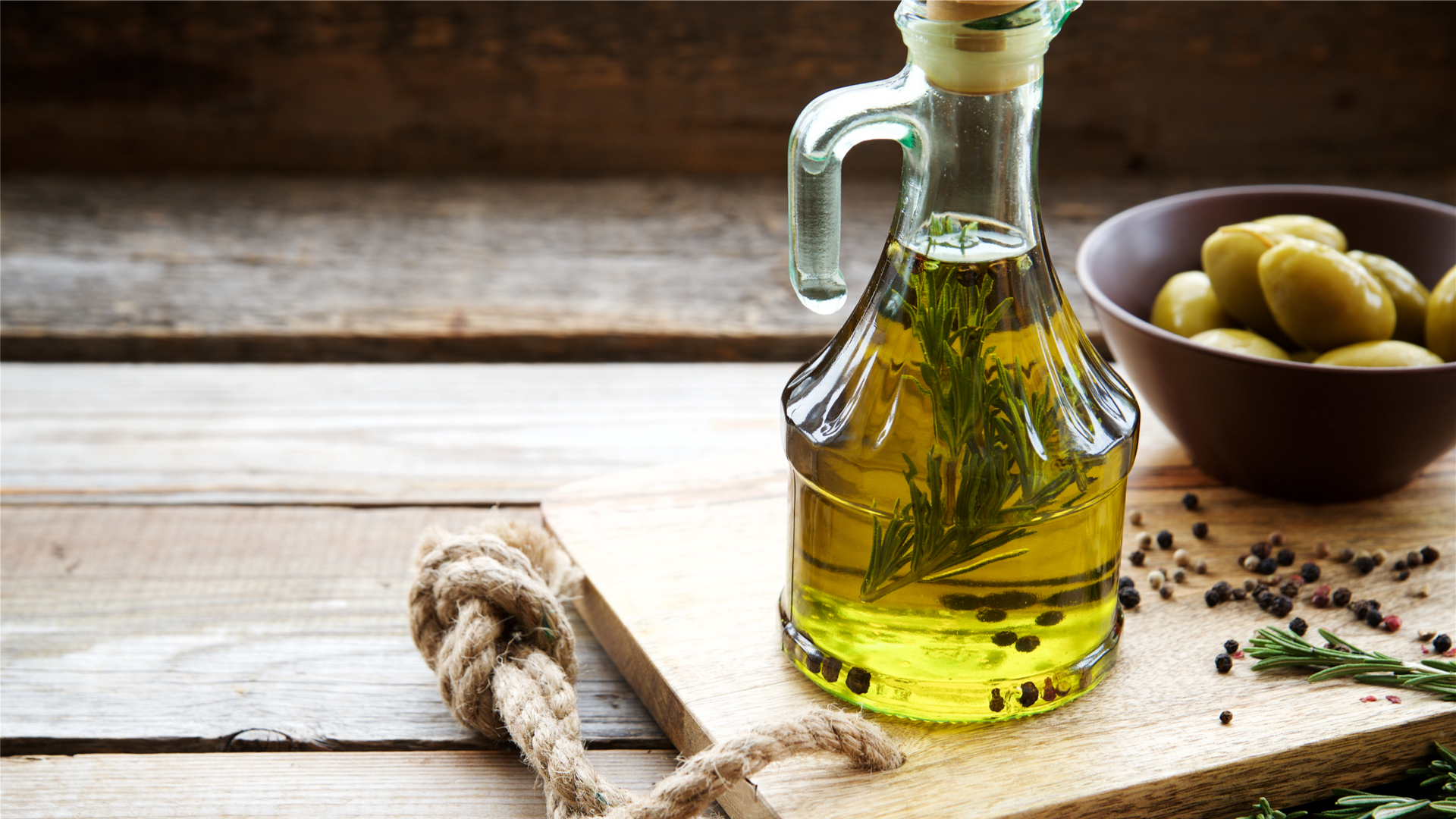Except the vine, there is no plant which bears fruit of as great importance as the olive.” - Pliny
When you think of the speciality foods of Mallorca, no doubt you think of ensaïmadas, tumbet, pa amb oli and sobrasada. But does the humble olive ever cross your mind?
Sure, olives are as ubiquitous in Spain as tea is in China but did you know Mallorca boasts three species of olives, each producing fruit a bit different than the run-of-the-mill olives you get in your martini. Affordable Mallorca would like to introduce you to our local olives and let you decide for yourself if they live up to the hype. We think they will!
Mallorca’s Olive Trees in Danger #
One more word before we start talking about the culinary aspects of Mallorca’s olives, let me share a bit of disquieting news about the trees: Xylella fastidiosa, a deadly bacterial disease that currently has no cure has reached the Balearics. It is spread by insects, namely the spittlebug, and it does not only affect olive trees, but also almond trees, and other fruit trees and grape vines all over Europe. Read more about the dangers and possible cures that are presently being investigated>>
The Green and Black #
The plateau above the north coast of Mallorca, between Valldemossa and Deia have, for many centuries, been the island's centre of olive cultivation as soils are rich in lime and thus ideal or the trees. Century old olive trees, gnarled and twisted like old witches, still bear witness to this trade.
Although olive trees can reach the impressive age of 1,500 years, it's the younger plants that yield the most: they start bearing fruit after four to ten years, getting less and less productive once the are in their seventies
There are three species of olives native to Mallorca: the Arbequina, the Picual and the Mallorquina, also called the Empeltre. Harvested between October and January, it's the still green, unripe olives that are harvested first, followed later in the season by the black, ripened fruit.
Traditionally produced olives are always picked by hand to ensure the least amount of damage to their skins. Back-breaking work, to be sure, but well worth it in the end as Mallorcan farmers take pride not just in the taste, but in the beauty of the fruit they produce.
Making Your Own #
Fresh from the tree, olives are hard and bitter and must be cured to make them edible. Each farmer has, over time, developed their own methods and they know how to keep a secret. However, if you call yourself the proud owner of one or more trees of your own, don't let the fruit go to waste. Here are two simple techniques that will work for you if you have a little patience.
Water Curing
Recommended for green olives. The fruit are washed, smashed with a stone or mallet, placed in a pan and covered with water for six to eight days, exchanging the water twice daily until the bitterness is removed. They are then conserved in brine, a "saturated" salt water solution containing approx. 1 part salt to 10 parts of water (the mixture is perfect when a raw egg swims on the surface)
Dry Salt Curing
Recommended for black olives. In glass jars, layers of olives are alternated with coarse sea salt. The jars have to be shaken every day for three weeks, shake well and more salt added to absorb any juices. Once the bitterness is removed, warm water and a few tablespoons of good red-wine vinegar are added, and the jar then topped up with a layer of olive oil. The olives will be ready to eat after another four to five days.
Affordable Mallorca Tip: Another way to use your olive harvest is to take the fruit to your local Cooperativa for pressing to produce your own oil. And if this all seems too much of a trouble to you, why not ask around in your neighbourhood for someone to come and harvest. It's a win-win: in return for their work, they get the bulk of the fruit, and you get your share of your very own oil without moving a finger.
Buying at the Market #
Tradition dictates olives are conserved in brine, rather than vinegar and water, but both variants can now be found at the local markets. To have the real experience, try to go for the ones made with brine, and if you like a little something extra, try the ones infused with fennel and chili peppers. Before adding the additional flavours, the olives are pressed gently, so they break slightly open allowing the flavours to penetrate more easily.
What do they taste like? Heaven! The green are slightly sharper than their juicy and salty black counterparts. Both are fantastic snacks and hardly a drink is served on the island without a plate of olives para picar, as the locals say.
Olives are great in Mediterranean dishes, too. One of the most typical combinations here on the island is squid infused with olives and tomatoes. Check out the recipe below.
Slow-Cooked Squid with Olives and Tomatoes #
Ingredients
600g ramellet tomatoes
olive oil
1 large onion, finely chopped
a bunch of flat-leaf parsley, leaves roughly chopped
2 cloves of garlic, crushed
1 red chilli, seeded and finely diced
125ml of white wine
2 tbsp of tomato purée
2 bay leaves
1 tsp of fennel seeds, crushed
800g of squid tubes, cleaned and cut into rings
100g of green olives, pitted
½ lemon, zested
toasted bread to serve
How-To
STEP 1
Heat the oven to 160C/fan 140C/gas 3. Blanch the tomatoes in boiling water for 2 minutes until the skins start to burst and peel off. Drain and leave to cool for a few minutes until you can handle them. Peel off the skins and discard. Chop the flesh, keeping the seeds and any juice that comes off them and tip into a bowl.
STEP 2
Heat a drizzle of oil in a casserole or heavy based ovenproof pan. Fry the onion for 10 minutes until soft, but not coloured. Add the parsley stalks, garlic and chilli and fry for a minute. Add the wine and simmer until reduced by half, then add the peeled and chopped tomatoes, tomato purée, bay and fennel seeds.
STEP 3
Bring to a simmer, add the squid, cover with a lid and cook in the oven for 45 minutes to 1 hour. After 30 minutes, add the olives, and leave the lid off if the sauce is a little thin. Keep cooking until the squid is tender, but not mushy. Stir in the parsley and lemon zest just before serving. Serve with toasted bread, or cooked pasta if you like.
Olive Oil: Mallorca's Liquid Gold #
Mallorca has a wide variety of olive oils produced locally, some of whom have won awards for their excellence and all of which are delicious. The ones made on the island are deemed “extra virgin” as they have an acidity level below a certain threshold, roughly 0.8%, which is easy to attain for seasoned farmers who know exactly when to the pick the fruit.
The outstanding quality of the oils created here has been appreciated since Roman times, and it was exported from the 13th century. It was deemed so good it was at one time used as a valid means of payment for other goods.
It is considered to be a healthy form of fat and has been incorporated in many modern diets. Cold-pressed olive oil has large amounts of antioxidants, strong anti-inflammatory properties and a high content of mono and polyunsaturated fatty acids. It is reputed to protect the body from heart disease and strokes, reduce the risk of over-clotting, lowers cholesterol, and have properties that lower the risk of type 2 diabetes, Alzheimer’s and certain cancers.
Best of all, it tastes amazing and pairs well with salads, vegetables and other healthy foods. Mallorca has some great ideas on how to best use olive oil in cooking. Here is a local favourite! For more on the varieties of Mallorcan Olive Oil, click here >> Mallorca Olive Oils
Chorizo Salad #
Ingredients
4 chorizo sausages or ready-to-eat chorizo, cut into pieces
Mallorcan extra virgin olive oil for frying
8 piquillo peppers, torn into strips
100 ml fino sherry
2 tbsp of flat-leaf parsley, roughly chopped
4 handfuls of salad leaves (roquette is good, but any you like is fine)
Dressing
4 tbsp of Mallorcan extra-virgin olive oil
1 clove of garlic, crushed
1½ tbsp of red wine vinegar or sherry vinegar
Conclusion #
This good-for-you fruit is a tasty treat you’ll be proud to have on your table. Plus, it has the added bonus of supporting local agriculture. So, the next time you’re at a market, don’t forget the olives!
Sources
Personal experience
thespruceeats.com/cure-your-own-olives-1705696
Espanafascinante.com
Illesbalears.travel
Firstmallorca.com
Wikipedia.com
Olivemagazine.com
Healthline.com
#oliveoilmallorca #oliveoiltastingMallorca #madeinmallorca #grownonmallorca #growninmallorca #mallorcasouveniers #whattobuyonmallorca #whattoeatmallorca
By Stephanie Horsman
27 November, 2021

















